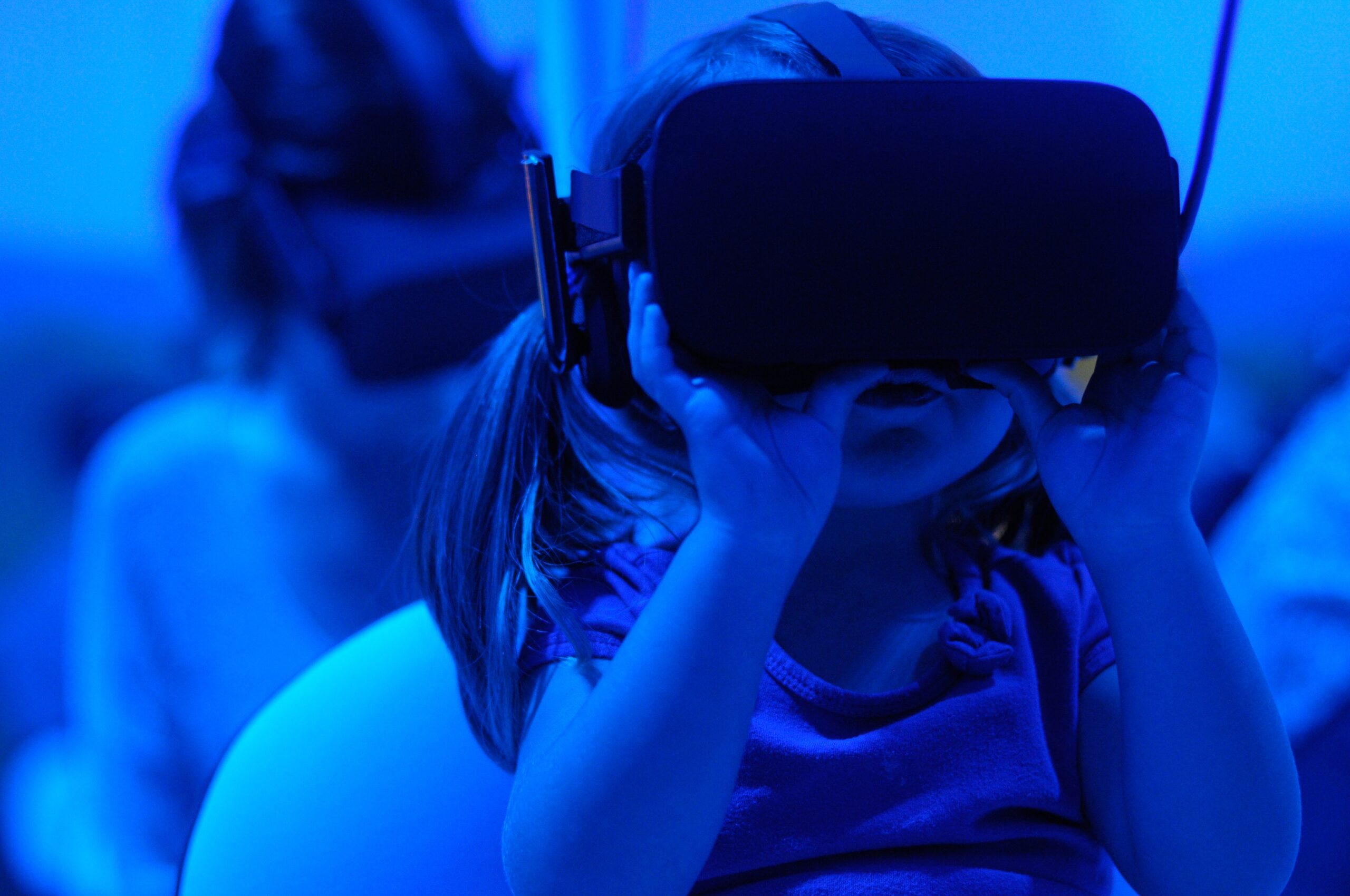
Introduction: In the ever-evolving landscape of education, the advent of technology has paved the way for innovative teaching methodologies. Blended Learning in DC Public Schools (DCPS) has emerged as a transformative approach that combines traditional classroom instruction with digital resources, offering students a dynamic and personalized learning experience. This article explores the concept of Blended Learning in DCPS, its implementation, benefits, and its promising impact on the education system.
Understanding Blended Learning
Blended Learning, in the context of DCPS, refers to a pedagogical approach that seamlessly integrates face-to-face classroom instruction with online learning resources. This hybrid model aims to leverage the strengths of both traditional teaching methods and digital technology. It encourages active engagement, critical thinking, and self-paced learning among students.
Implementation of Blended Learning in DCPS
- Blending the Classroom: DCPS teachers are tasked with blending the physical classroom environment with virtual learning platforms. This integration allows for greater flexibility in curriculum delivery.
- Online Resources: DCPS provides students with access to a wealth of online resources, including educational websites, interactive modules, and digital textbooks, promoting self-directed learning.
- Personalized Learning: Blended Training in DCPS allows teachers to tailor instruction to individual student needs. This personalization enhances student comprehension and retention.
Benefits of Blended Learning
- Improved Engagement: By incorporating multimedia and interactive elements, Blended Training in DCPS captivates students’ attention and sustains their interest in the Training process.
- Flexible Scheduling: The flexibility of online learning enables students to balance their academic commitments with extracurricular activities, fostering a more holistic educational experience.
- Data-Driven Instruction: DCPS uses data analytics to monitor students’ progress. This data-driven approach helps identify areas where students may need additional support or enrichment.
- Enhanced Teacher-Student Interaction: Blended Learning does not replace face-to-face interaction but enhances it. Teachers have more one-on-one time with students, offering guidance and support where needed.
Promising Outcomes for DCPS
- Improved Academic Performance: Early data indicates that students in DCPS who engage in Blended Training exhibit enhanced academic performance across various subjects.
- Nurturing Independent Learners: Blended Learning equips students with essential digital literacy skills and fosters independence, preparing them for future academic and professional endeavors.
- Resource Optimization: By leveraging technology, DCPS can optimize resource allocation, ensuring that students have access to the best educational tools and materials.
Conclusion
Blended Training in DCPS represents a paradigm shift in education, blending the best of traditional teaching with the opportunities offered by technology. By adopting this approach, DC Public Schools are empowering students to take charge of their learning journey, fostering engagement, and preparing them for a rapidly evolving world. As the educational landscape continues to evolve, the promise of Blended Training in DCPS remains a beacon of hope for a brighter future in education








